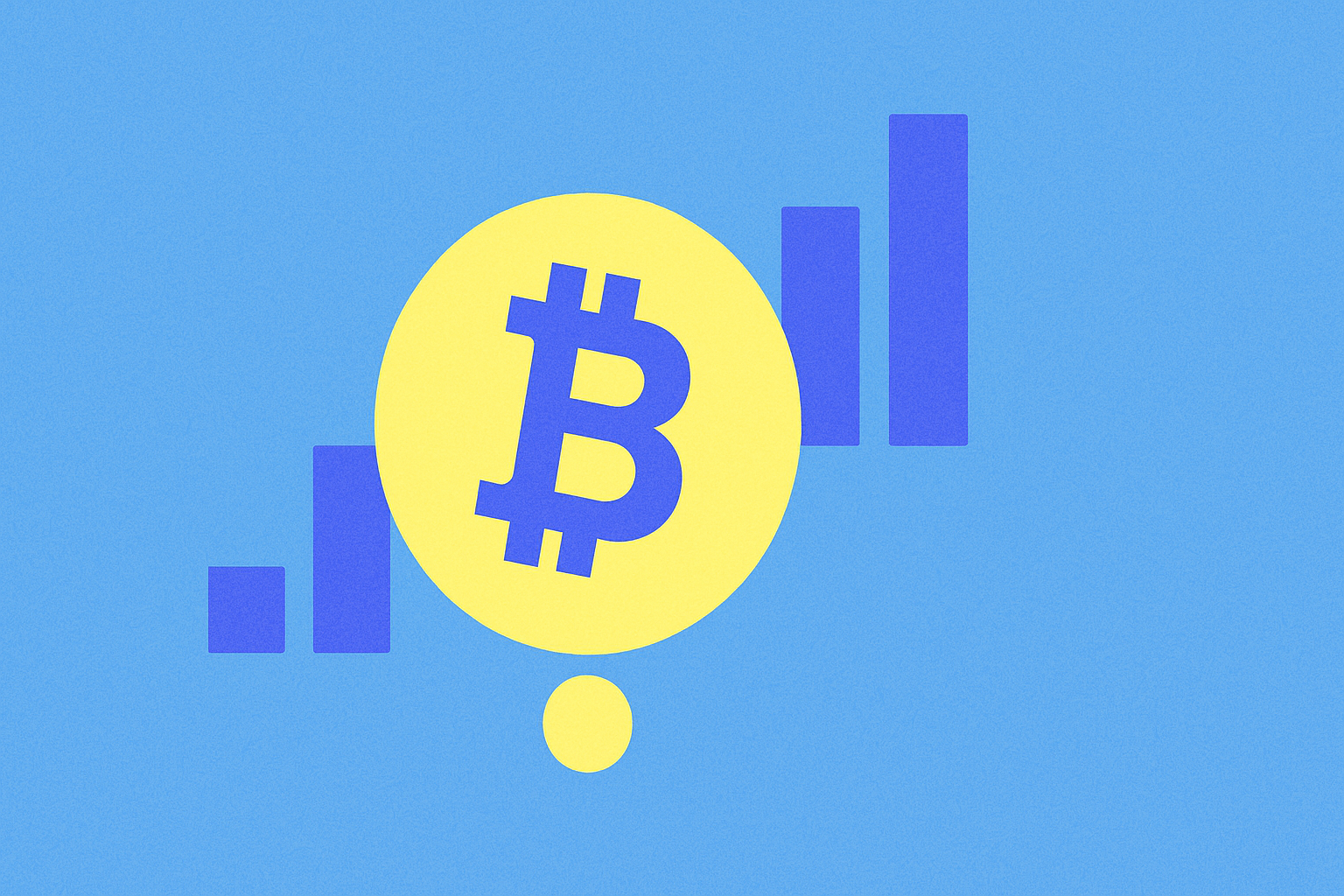2025 yılında Çin'in türev piyasasında dikkat edilmesi gereken başlıca sinyaller hangileridir?

Yeni teminat düzenlemesi, karşı taraf kredi riskine karşı koruma sağlamayı hedefliyor
NUMI tarafından getirilen yeni teminat düzenlemesi, hem merkezi hem de merkezi olmayan piyasalarda karşı taraf kredi riskini azaltarak finansal istikrarı güçlendirmeyi amaçlıyor. Bu düzenleyici çerçeve, şeffaflığın artırılması, teminat süreçlerinin sadeleştirilmesi ve teminat gereksinimlerinin öngörülebilirliğinin yükseltilmesine odaklanıyor. Belirlenen hedeflere ulaşmak adına düzenleme, daha sıkı teminat şartları getiriyor ve piyasalar genelinde teminat uygulamalarının şeffaflığını iyileştiriyor.
Düzenlemenin temel noktalarından biri, başlangıç ve değişim teminatı olarak alınan varlıkların son derece likit olmasının zorunlu tutulmasıdır. Bu likidite kriteri, karşı tarafın temerrüde düşmesi halinde kurumların olası kayıplardan korunması açısından büyük önem taşıyor. Düzenleme, bu varlıkların finansal dalgalanmalar sırasında dahi değerini koruyabilmesi gerektiğini açıkça belirtir.
Yeni düzenlemenin etkisini göstermek için, uygulamadan önce ve sonraki teminat gereksinimlerini aşağıda karşılaştırıyoruz:
| Başlık | Düzenleme Öncesi | Düzenleme Sonrası |
|---|---|---|
| Şeffaflık | Sınırlı | Artırılmış |
| Teminat Öngörülebilirliği | Değişken | Artmış |
| Varlık Likidite Gereksinimleri | Daha az sıkı | Daha sıkı |
| Risk Azaltımı | Orta | İyileştirilmiş |
Bu düzenleme değişikliğinin, finansal sistemdeki sistemik riski ciddi şekilde azaltacağı öngörülüyor. Daha güçlü teminat uygulamalarıyla birlikte, düzenleme olası şoklara karşı daha dirençli, karşı taraf temerrütlerinin domino etkisini engelleyen bir piyasa altyapısı oluşturmayı hedefliyor.
İşlevsellik iyileştirmeleri, Çin'in türev piyasasını uluslararası standartlarla uyumlu hale getiriyor
Çin türev piyasası, özellikle işlevsellik açısından uluslararası standartlarla uyum sağlama konusunda önemli ilerlemeler kaydetti. 2022’de yürürlüğe giren düzenleyici reformlar ve hukuki güncellemeler, piyasanın verimliliğini ve küresel uygulamalarla uyumluluğunu artırdı. Bu uyum, Ağustos 2022’de yürürlüğe giren Vadeli İşlemler ve Türevler Yasası’nın kabulü ile net biçimde ortaya çıkıyor ve yasa, sektördeki hukuki eksiklikleri gideriyor. Aşağıdaki karşılaştırmada görüldüğü üzere, bu iyileştirmeler uluslararası piyasalarla entegrasyonu kolaylaştırdı:
| Başlık | 2022 Öncesi | 2022 Sonrası |
|---|---|---|
| Hukuki Çerçeve | Parçalı düzenlemeler | Kapsamlı Vadeli İşlemler ve Türevler Yasası |
| Piyasa Büyüklüğü | Küresel türev işlem hacminin %1'i | Artan piyasa payı ve likidite |
| Uluslararası Uyum | Sınırlı uyumluluk | Küresel standartlarla gelişmiş işlevsellik |
Bu gelişmeler yalnızca uluslararası ticaret ve yatırımı artırmakla kalmadı, aynı zamanda risk yönetimi uygulamalarının da güçlenmesini sağladı. Çin Anakarası’nda merkezi takas edilmeyen türev işlemler için getirilen zorunlu teminat gereksinimleri, piyasanın küresel standartlara uyumunu daha da belirginleştiriyor. Sonuç olarak, Çin’in türev piyasası yabancı yatırımcılar için artık daha cazip ve küresel finans ekosisteminde daha etkin bir rol üstlenmeye hazır.
Piyasa evrimi, yerli ve yabancı katılımcılar için risk yönetimi yeteneklerini artırıyor
Piyasanın dönüşen yapısı, hem yerli hem uluslararası katılımcıların risk yönetimi yetkinliklerinde ciddi iyileşmeler sağlıyor. 2025 yılına yaklaşırken, başta yapay zeka ve makine öğrenimi olmak üzere ileri teknolojilerin entegrasyonu, riskin tespiti, değerlendirilmesi ve azaltımı stratejilerinde köklü değişiklikler getiriyor. Bu teknolojik ilerleme, kurumların daha çevik ve esnek risk yönetimi çerçeveleri oluşturmasını sağlarken, yeni bilgiler ışığında veya dışsal faktörlerdeki değişikliklere anında yanıt verebilmelerine imkan tanıyor.
| Başlık | Mevcut Yaklaşım | 2025 Projeksiyonu |
|---|---|---|
| Risk Tespiti | Manuel süreçler | Yapay zeka destekli tahmine dayalı analizler |
| Karar Alma | Gecikmeli yanıt | Gerçek zamanlı izleme ve aksiyon |
| Çerçeve | Statik | Çevik ve uyarlanabilir |
| Odak | Kısa vadeli azaltım | Uzun vadeli değer yaratımı |
Piyasa evrimi, şirketleri daha entegre ve sürdürülebilir risk stratejileri uygulamaya da itiyor. Kurumlar risk yönetimi pratiklerini uzun vadeli çevresel ve toplumsal hedeflerle daha fazla uyumlu hale getiriyor; bu durum, iklim dayanıklılığı çerçevelerinin yaygınlaşmasıyla net şekilde görülüyor. Söz konusu dönüşüm, risk yönetimi kapasitesini artırırken, sektör genelinde uzun vadeli değer üretimi ve dayanıklılık da sağlıyor. Karşılıklı iş birliğine dayalı risk yönetimi yaklaşımı güç kazanıyor ve sektörler arası ortaklıklar sayesinde karmaşık, bağlantılı riskler daha etkin biçimde yönetiliyor.
SSS
Donald Trump'ın kripto parası nedir?
TrumpCoin (TRUMP), Donald Trump ile ilişkilendirilen ancak resmi olarak onaylanmamış bir kripto para birimidir. 0,002354 $ seviyesinden işlem görüyor ve dolaşımdaki arzı 6,6M TRUMP’tır.
Elon Musk'ın kripto parası nedir?
Elon Musk'ın kendi kripto parası bulunmuyor. Bitcoin sahibi olması ve diğer kripto paralara yatırım yapmasıyla tanınan Musk, kişisel bir coin çıkarmamıştır.
Hangi coin 1000 kat kazandırır?
NUMI coin, yenilikçi teknolojisi ve Web3 ekosisteminde artan kullanımı sayesinde 1000 kat büyüme potansiyeline sahip görünüyor.
Meme coin 1 $'a ulaşır mı?
Bu pek olası görünmüyor. MEME’in 1 $’a çıkması için piyasa değerinin 69 milyar $’a ulaşması gerekir; bu, mevcut seviyelere göre çok büyük bir artış anlamına geliyor. İmkansız olmasa da, bir meme coin için oldukça iddialı bir hedef.

Terazi'nin Gerçek Değeri: Döviz Kuru ve 2025'teki Eğilimler

BTG Pactual, 2025 yılında ana rakipleriyle nasıl karşılaştırılıyor?

Phoenix'in nakit akışı ve varlık yoğunluğu, piyasa konumunu nasıl etkiler?

Ticaret Simülatörü: Kağıt, Geri Testler ve Canlı Alıştırmalar için Tam Kılavuz

AUM Anlamı: Yönetim Altındaki Varlıklar Açıklaması

AVSC ETF Derinlemesine İnceleme: Avantis ABD Küçük Ölçekli Hisse Senedi ETF'si Nedir?

2025 OG Fiyat Tahmini: Uzman Analizi ve Gelecek Boğa Koşusuna Yönelik Piyasa Öngörüleri

DOGE iyi bir yatırım mı? Riskler, getiriler ve fiyat görünümü analizi.

Sologenic (SOLO) iyi bir yatırım mı?: Kripto piyasasında fiyat performansı, tokenomik yapısı ve gelecekteki potansiyeline dair kapsamlı bir analiz

Altlayer (ALT) iyi bir yatırım mı?: 2024 yılına yönelik riskler, potansiyel getiriler ve piyasa beklentileri üzerine kapsamlı bir analiz

Bitcoin Fiyatındaki Düşüş: Doların Güçlenmesi ile Enflasyon Endişelerinin Etkisi Açıklandı







